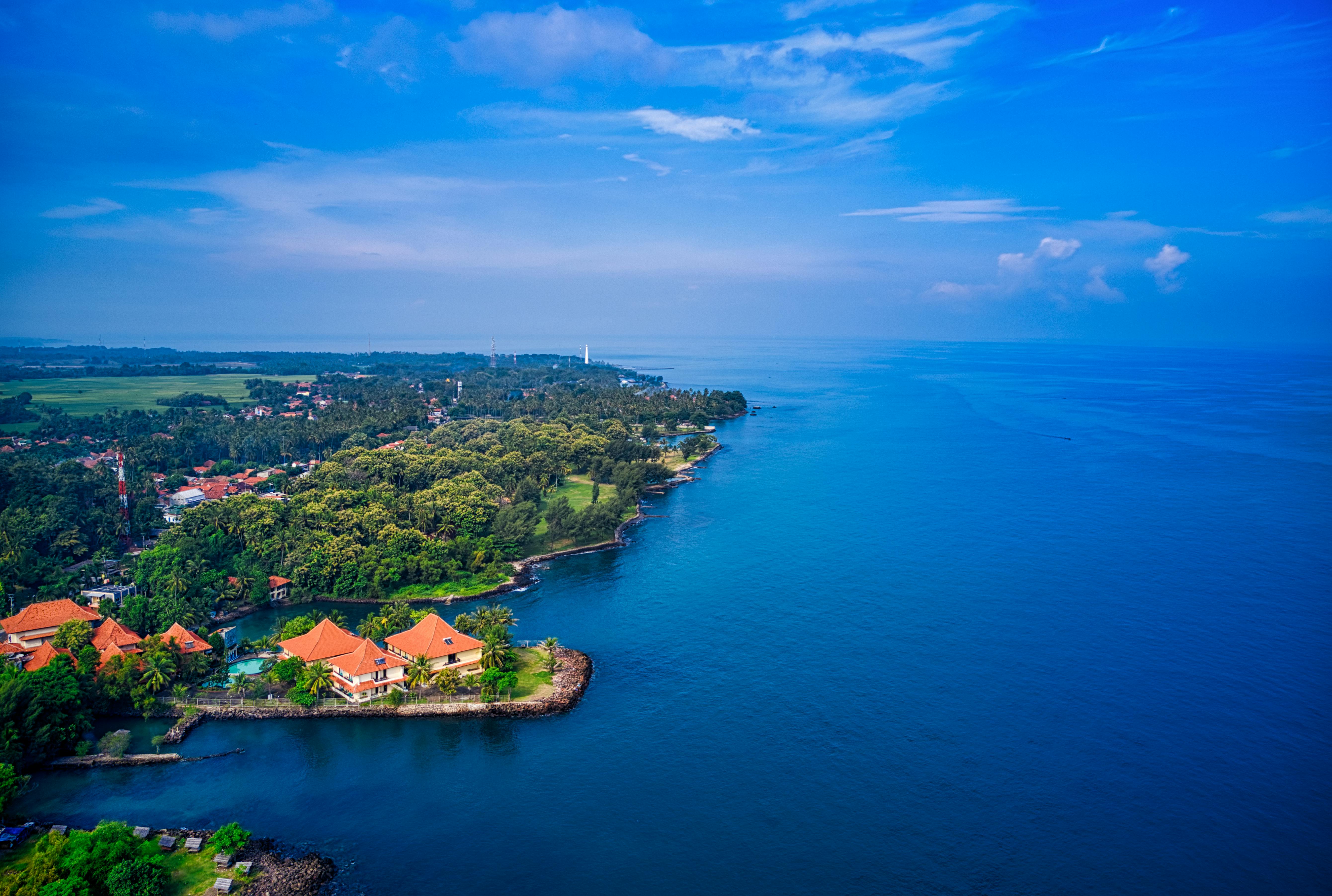
The influences of Italian cuisine
When people think of Italian cuisine, most think of pasta and pizza. However, there are many more dishes and influences that inspire those dishes. The history of the Italian people, as well as the geographical location of Italy, contribute to the types of food. Italian culture is shown through its cuisine.
There are about 20 regions in Italy and in each one you can find different types of food. A long time ago it was difficult for Italians to travel to other regions within Italy. This resulted in different styles and ways of preparing food in each region, as few people were exposed to other types of cuisine. So even though Italy doesn’t seem like a very large nation geographically, it still has a wide range of flavors.
Northern and southern Italy have a very different climate. The south has a very hot climate while in the north the climate is cold. Dried pasta, like spaghetti and rigatoni, is found more in southern areas because it’s easier to dry in hot weather. Since it was more difficult to prepare dried pasta in the north, pastas like tajarin, pappardelle, and tagliatelle were more popular. Other types of pasta popular in the north were stuffed pasta such as ravioli.
The climate also affected the types of food and plants that could be grown in Italy. Some plants, such as olive oil, grew better in hot climates, so olive oil was widely used in southern Italy. Olive trees did not grow well in the northern areas where it was cold. Butter and lard were used instead of olive oil.
Tomatoes are another type of plant that grows best in warm weather. In southern Italy, cooking tomatoes are widely used in conjunction with red sauces. Raab broccoli and eggplants are two other types of plants that grow well in warmer climates. Vegetables that thrive in cooler climates, such as in northern areas, include kale, radicchio, cardoons, and cabbage.
Along with the weather, the economy plays a role in Italian cooking. Another staple in Italy older than pasta and pizza is polenta. It is commonly used today, but long ago it was popular among the poor of Italy. Polenta was easy to make and prepare in Italy.
Countries bordering Italy like France and Austria also have an influence on Italian cuisine. Other foreign influences include Spain, England and the Arab countries. These countries occupied specific areas of Italy throughout history.
With all the different types of Italian food, it is important in Italian culture to savor and enjoy the different tastes. Meals are an important way for Italian families to bond by sitting down to a ten-course meal that could last around three hours. Since knowing tastes is important and because there are so many dishes, the size of each plate is much smaller.